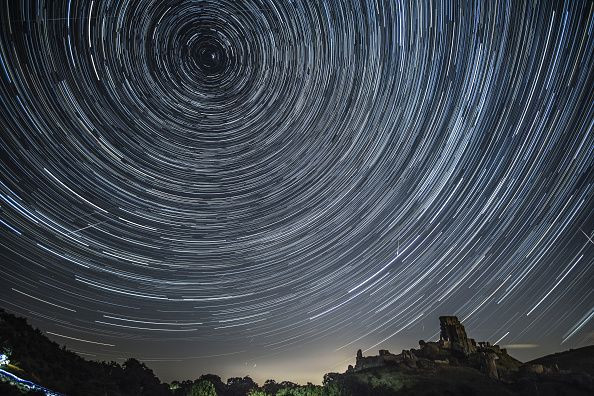Eclipse, Possible Comet Sighting: May 2022 Sky Events To Look Forward To
KEY POINTS
- There's a chance for skywatchers to spot Comet PanSTARRS early in May
- May's Eta Aquarids are known to produce persistent trains
- There will be a total lunar eclipse from late May 15 to very early on May 16
Skywatchers have quite a lot of events to look forward to this May. There will be another eclipse, a meteor shower and even a chance to spot a comet.
April brought some exciting sky events, but May also has a few treats for skywatchers. Among these is the chance to catch a glimpse of Comet PanSTARRS (Comet C/2021 O3), which reached its perihelion on April 21. That was its first and last pass by the Sun, according to NASA. Afterward, it will leave our solar system "forever." If it ended up surviving its close pass to the Sun, then skywatchers may have a chance to see it with their binoculars or backyard telescopes.
By May 1, the comet is at seven degrees high in the west an hour after sunset, according to Astronomy. It will then continue to move away from the Sun every night, slowly spending more time in dark skies. Since comets can be quite unpredictable, there is a chance that it may not even be visible at all, but NASA suggests tuning to the news "as it may surprise us."
By the evening of May 5 to 6, it will be the Eta Aquarids meteor shower's turn to put on a show as it reaches its peak. This meteor shower is considered to be a strong shower from the southern tropics, while it produces "medium" rates of 10 to 30 meteors per hour "just before dawn" for those in the northern hemisphere.
While the Eta Aquarids produce only a few fireballs, they are known for beautiful persistent trains, making it another excellent show to watch for. Those who won't be available to observe it on the evening of its peak may still try in the few evenings before and after the event.
Very early on May 16, the day of the Full Flower Moon, there will also be a total lunar eclipse. During this event, the Moon will begin entering the partial shadow of the Earth at 9:32 p.m. EDT on May 15, but it won't be until 11:29 p.m. that the full shadow of the Earth will cover the Moon, NASA noted. It will peak at 12:22 a.m. the next day on May 16 and exit the Earth's shadow later on, just before 3 a.m.
Indeed, May is packed with exciting sky events, and any of them can enrich one's skywatching experience for the year.

© Copyright IBTimes 2024. All rights reserved.






















